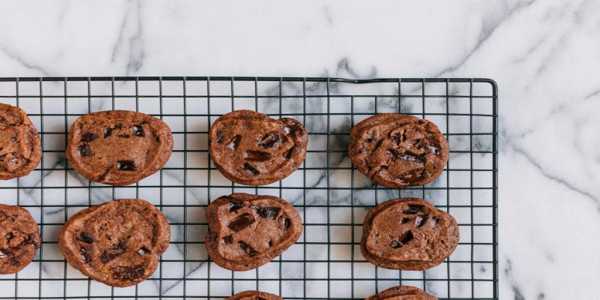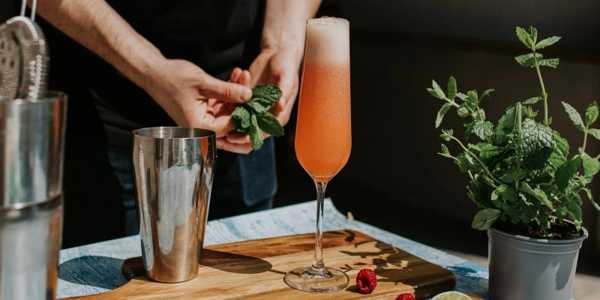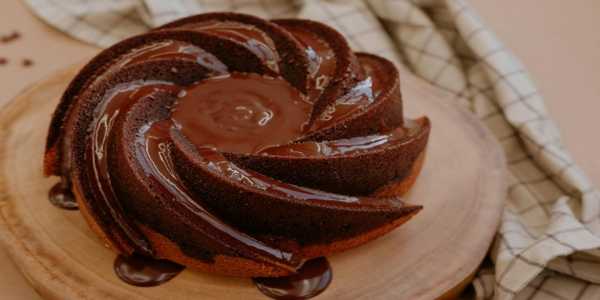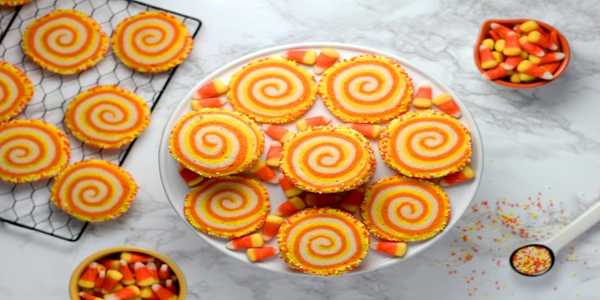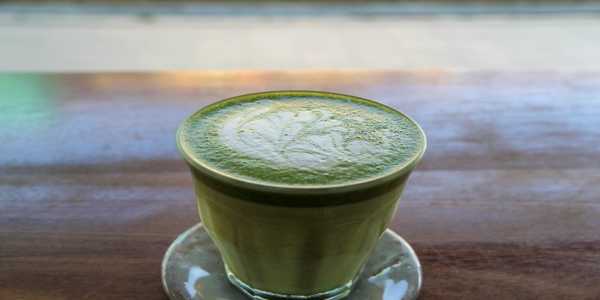How To Make Authentic French Macarons At Home
Do you ever think macarons can be tricky on the outside but still moist on the inside? Or how can they enclose tasteful food in a slice of bread to make a perfect meal for dessert? And here is the big question—have you ever considered preparing these excellent French pastries at home?
Making those delicious, bakery-style macarons at home is much easier than most people assume. Oh yes, they have a fancy reputation, but you can easily make macaroons with this reader's help. Now that the charm of a Parisian bakery has inspired us let's roll up our sleeves and recreate that soft, dreamy French pastry right at home!

Introduction To The French Macaron
First, knowing why this macaron was tossed around so casually and where it originated is essential.
French macarons are delicate almond flour-based cookies with smooth, upturned tops, ruffled 'shoes,' and a tender texture. They should not be confused with coconut macaroons, which are entirely different.
They are filled with fillings such as buttercream, ganache, or jam and come in every colour of the rainbow and every flavour.
Ingredients You’ll Need
Before you tackle the French macaron recipe, gather these simple ingredients:
Almond flour
Powdered sugar
Egg whites
Granulated sugar
Food coloring (optional)
Fillings of choice
The Macaron-Making Process
Ready to learn how to make macarons step by step? Follow along, and don’t skip any part—it’s all essential to achieving those gorgeous cookies.
Sift, Sift, Sift
Combine the almond flour and powdered sugar, then sift them together. This eliminates lumps and ensures smooth, shiny tops. Don't take shortcuts—your macarons might look bumpy if you don't sift.
Make The Meringue
Whisk your room-temperature egg whites until foamy. Gradually add granulated sugar, beating until stiff peaks form. When you lift the whisk, the peaks should hold their shape—this is the base of your macaron batter.
The Art Of Macaronage
Gently fold your almond flour mixture into the meringue. This step, called macaronage, is where many bakers stumble. The key is to fold until the batter flows like lava—smooth but not runny. If you overmix, your macarons will spread out too much. If you undermix, they won’t develop those signature feet.
Pipe Like a Pro
Transfer the batter to a piping bag fitted with a round tip. On a parchment-lined baking sheet, pipe small circles (about 1.5 inches in diameter), spacing them apart. For perfect circles, trace templates onto the parchment beforehand.
Tap And Rest
Using a spatula, spread the batter evenly on the baking sheet, then plan the baking sheet on the counter several times to remove air bubbles. Next, leave the macarons warmly for 30 to 60 minutes or until their surface skins over.
Bake To Perfection
Before setting your oven, use a low moisture setting or temperature, preferably 300°F or 150°C. Bake one tray at a time at 350F for 14 – 16 minutes. To check if your macarons are ready, rotate the tray and look for a glossy skin on top. They should feel set or firm to the touch and shouldn't wobble when you gently tap them.
Cool And Fill
Allow the shells to cool completely before adding your filling. Pipe buttercream, ganache, or jam onto one shell, then sandwich it with another. Get ready to satisfy your sweet cravings.
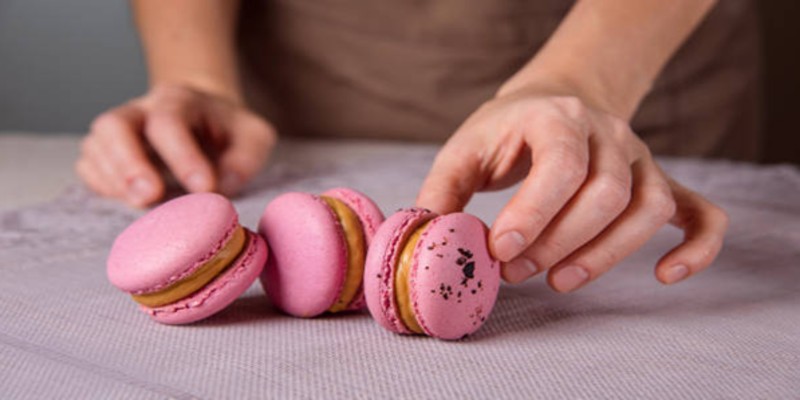
Macaron Baking Tips For Success
Making macarons can feel a little bit tough, so here are a few extra macaron-baking tips to ensure success:
Weigh your ingredients: Precision is everything. For measurements in this recipe, your best tool would have to be a kitchen scale.
Avoid humidity: Macarons hate moisture. Try baking them on a dry day or use the kitchen dehumidifier.
Age your egg whites: Allow them to sit at room temperature and cover for 24-48 hours before whipping.
Set Microwave Temperature: Macarons are sensitive to variations in temperature conditions, so your oven must be set up correctly.
Practice patience: Again, you will also get a chance to make your first batch of cookies imperfect for this to happen. Every try makes the individual improve on the applied technique, hence becoming a perfect try.
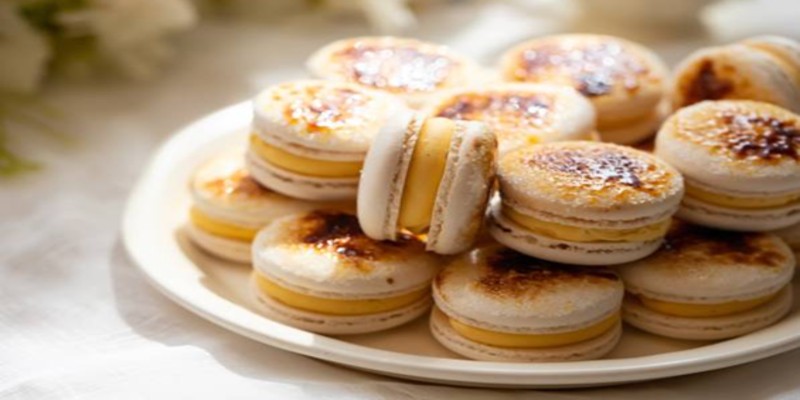
Why Homemade Macarons Are Worth It
Macarons are known for being quite tricky to bake. When you take on the challenge and pull a tray of these delicate treats out of the oven, knowing you made them yourself is worth it!
So let's get started. Roll up your sleeves, measure out your almond flour, and prepare to be amazed… and your guests, too! Well, this is the beginner macaron guide, and with little time and patience, you will be producing macarons that look like those in a French pastry shop.

